“`html
I recall the heavy silence that enveloped my family neighborhood in Tehran the day the Shah was ousted. Everyone was glued to the windows, words lost to the air thick with anticipation. The very scent of uncertainty hung in the atmosphere, as my mother, caught in a whirlwind of political upheaval, wondered what this change meant for us as we prepared to return to our home in another country.
Now, with the heart that beats fiercely for my homeland, I bear witness to the turmoil that Iran has navigated—from the fervor leading up to the 1979 Revolution to today’s stifling oppression. Despite the waves of despair, the momentum for change has never entirely faded. This narrative is one of resilience: it captures the essence of Iran across decades, where **’Woman, life, freedom!’** has become more than a slogan—it embodies the relentless spirit of the Iranian people fighting against tyranny.
A Glimpse into Modern Iran: The Shah’s Vision
In the 1980s, Iran was purportedly on a path to modernization under Mohammad Reza Shah Pahlavi, who wielded oil revenues to propel the country into a new era of industrialization and Westernization. Women played a crucial role in this transformation. The universities opened their doors, and family laws were revised in favor of female representation and rights.
As my mother often recounted, she could attend design school freely, a privilege not just for her but for the many talented women who thrived in their chosen professions. But societal progress was undermined by ruthless political oppression—**Savak, the Shah’s secret police**, silenced dissent before it could bloom. The widening chasm between the urban elite and the devout rural masses sowed seeds of discontent, ultimately igniting the *Revolution of 1979*.
An Illusion of Freedom
The assertion that the Pahlavi regime, particularly the Shah and his progeny, was a harbinger of modernity masked the brutal reality of oppression. The clergy, frightened by the progress of the **Bahá’í community**, which promoted education and enlightenment, led a counterattack against any group that challenged their authority. Acts of violence, ranging from confiscation of rights to the destruction of educational institutions, raised alarms over human rights violations, particularly against a community that was a symbol of contemporary thought in Iran.
As freedom manifested itself in chaotic cheers of hope, it didn’t take long for the reality to crash in—a family friend disillusioned by the regime remarked,
“Now I have to cover myself from head to toe. Was this the freedom we shouted for?”
Soon, mandatory veil laws were put into place, and the created Guardians of the Revolution morphed enthusiasm into fear. The vibrant protests of yesterday transformed into an oppressive routine, suffocating any emerging dissent.
The Tragic Death of Mahsa Amini
Today, Iran is plagued with crises that seem unresolved—*sanctions, threats of war, corruption, inflation*, and a disillusioned populace. Yet, amidst this darkness, the flames of resistance spark brighter, ignited by the tragic death of Mahsa Amini, a young woman murdered by the regime’s Moral Police. This was not just a death; it was the catalyst for a rebirth of rights, sending women into the streets, burning their hijabs in a fervent demand for freedom.
Despite the regime’s attempt to extinguish this movement with bullets and bloodshed—over 600 lives taken, countless blind and imprisoned—we stand at a precipice of monumental change. Women are rising as leaders, their cries for liberty echoing through the halls of power and demanding recognition.
The **’Woman, life, freedom’** movement tells us that the transformation of Iran won’t come from Ayatollahs or military generals, but from the youth who defy fear, the girls who discard their veils, and the wisdom of those once silenced. Their defiance illustrates that a new dawn is on the horizon—a society woven together by the voices that the regime fought to silence. It’s a moment of daring; they are not merely participants in this struggle—they are the vanguard.
The marginalized groups—women, Bahá’ís, ethnic minorities—hold the keys to a democratic future. These voices, once muted, are now the fulcrum of innovation and reform in this enduring battle against tyranny. However, it is clear: **economic justice** is paramount. No revolution can achieve true success without confronting the entrenched inequalities that plague Iranian society.
A Vulnerable Economy Followed by Decades of Mismanagement
The consequences of decades of mismanagement are stark: a missed opportunity for economic growth during the pre-1979 era gave way to an Islamic Republic that further strangled prosperity. The Iran-Iraq War (1980–1988) shattered the fragile framework of progress, diverting resources and dismantling development.
A centralized economy emerged, choking off any potential for genuine growth through ration systems that barely fulfilled necessities. As urban centers grew at the expense of rural communities, **unconscionable poverty** took root, paving the way for rampant inflation and societal unrest.
Fast forward to today, where the youth—the hope for a better Iran—have become disillusioned and dissatisfied with the regime’s inability to provide. Faced with burgeoning unemployment, they march forward, voicing their discontent, while women rebuff the oppression of a state built on outdated ideologies.
The stark contrast between empty government promises and the harsh reality faced by millions erodes remaining trust in the authorities. The Iranian people resist, demanding not just freedom, but their basic rights to dignity, housing, and security. Without economic justice, the revolution remains incomplete and unfulfilled.
“`

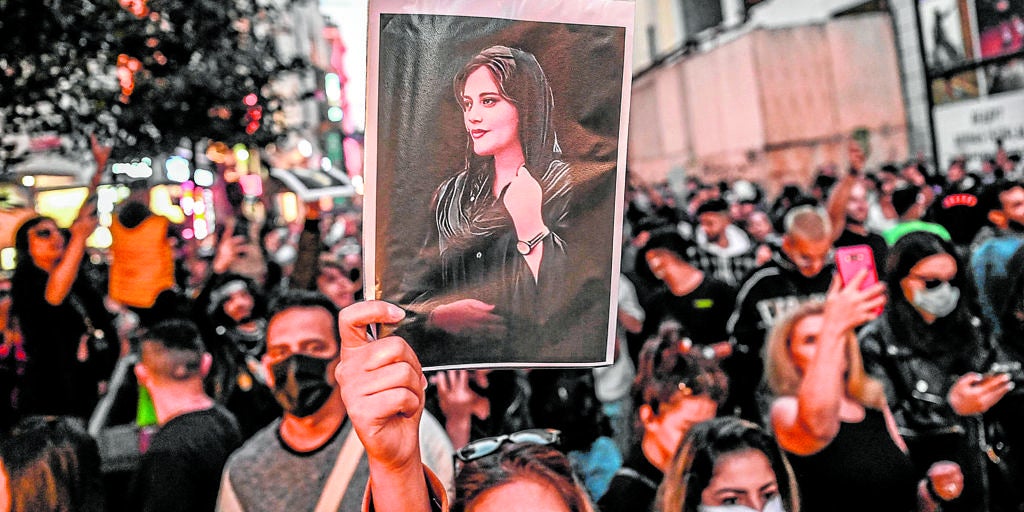
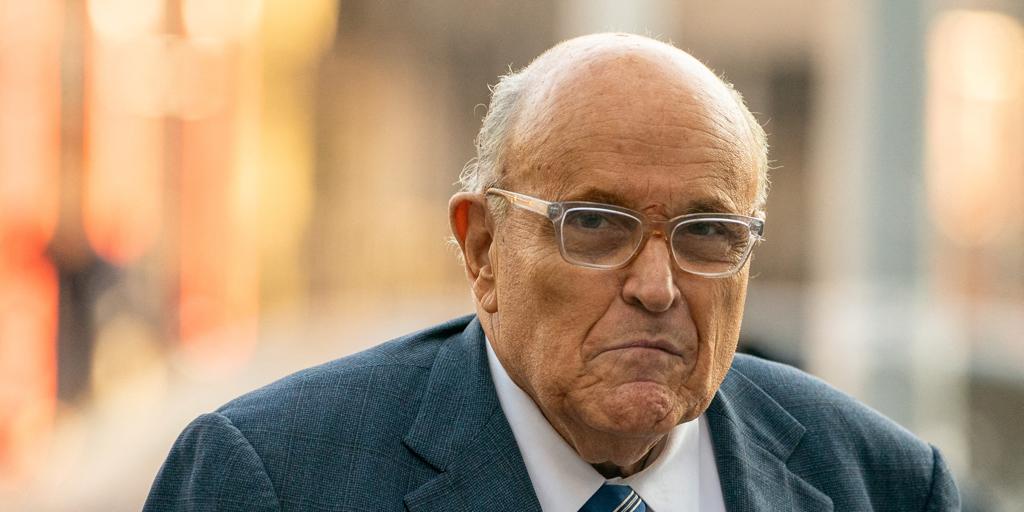
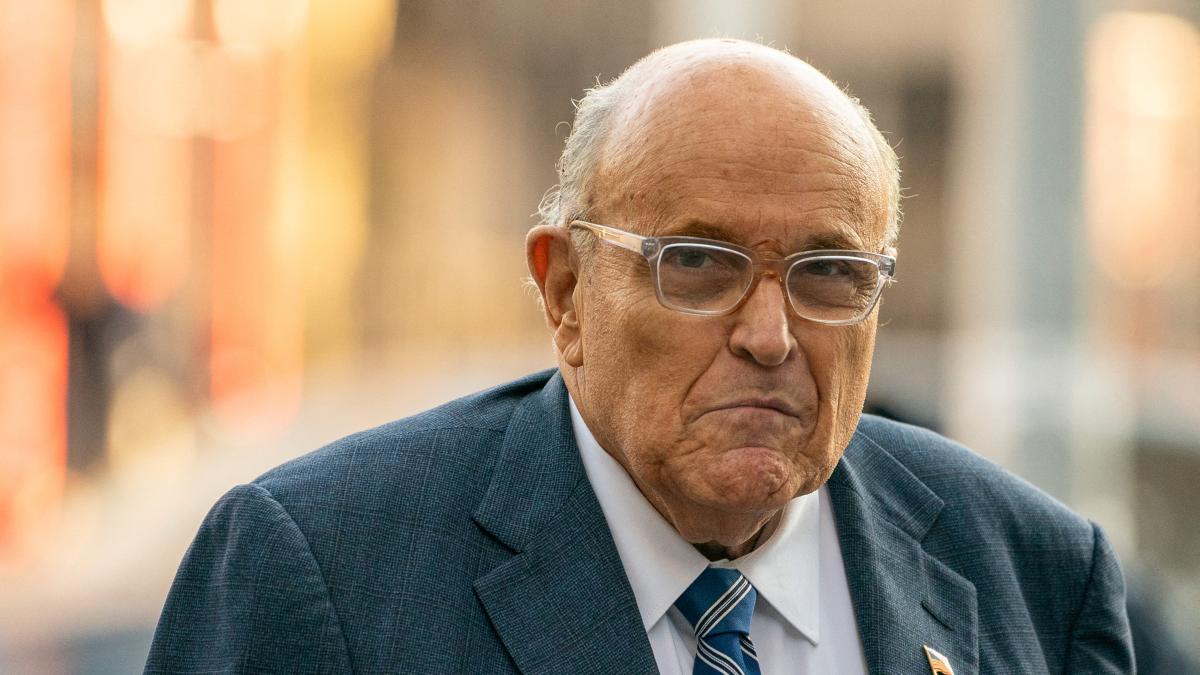
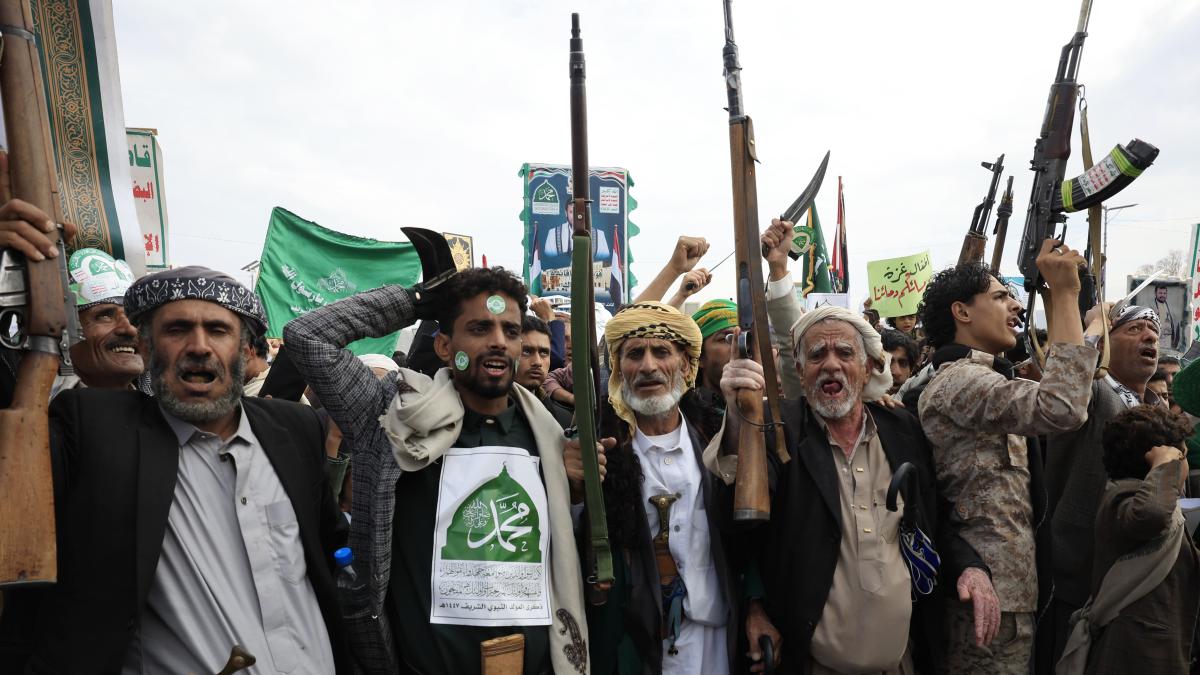
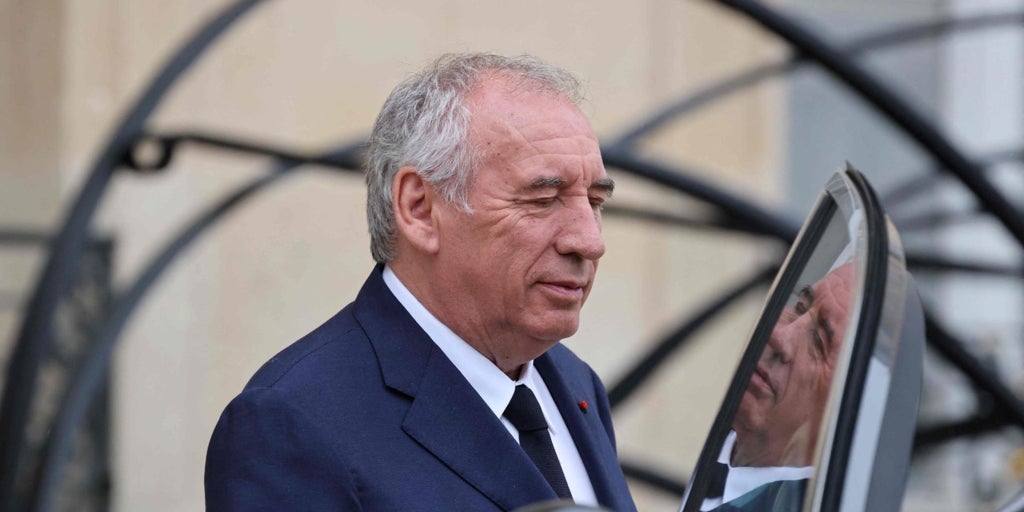
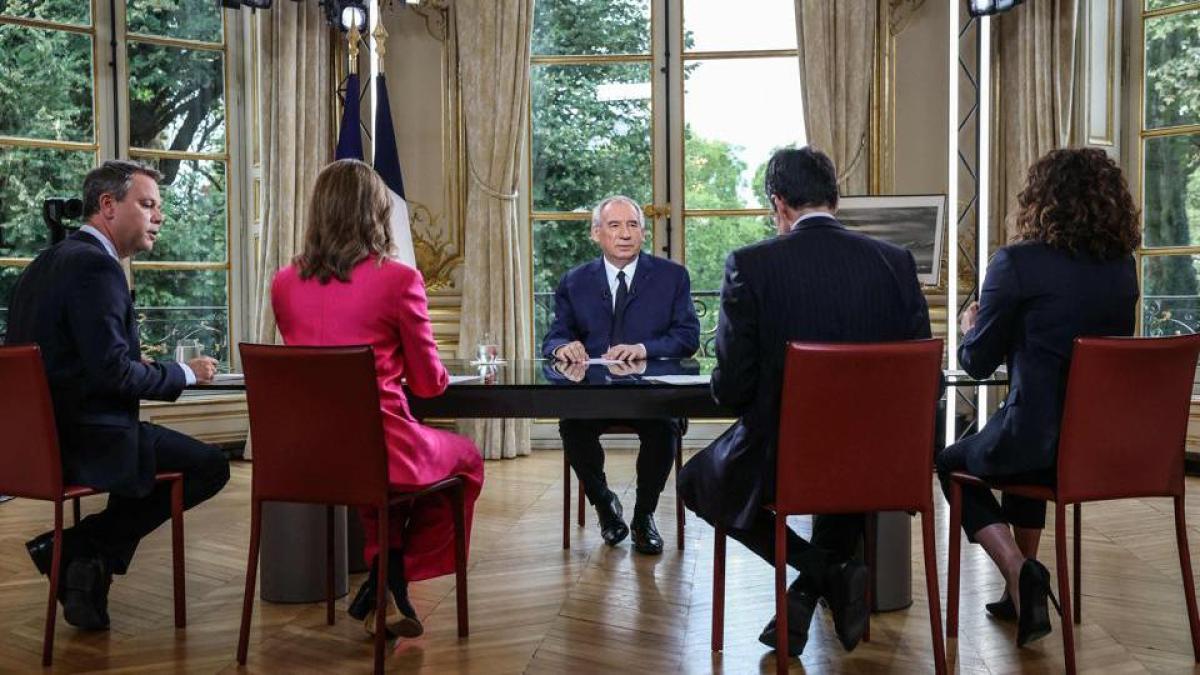
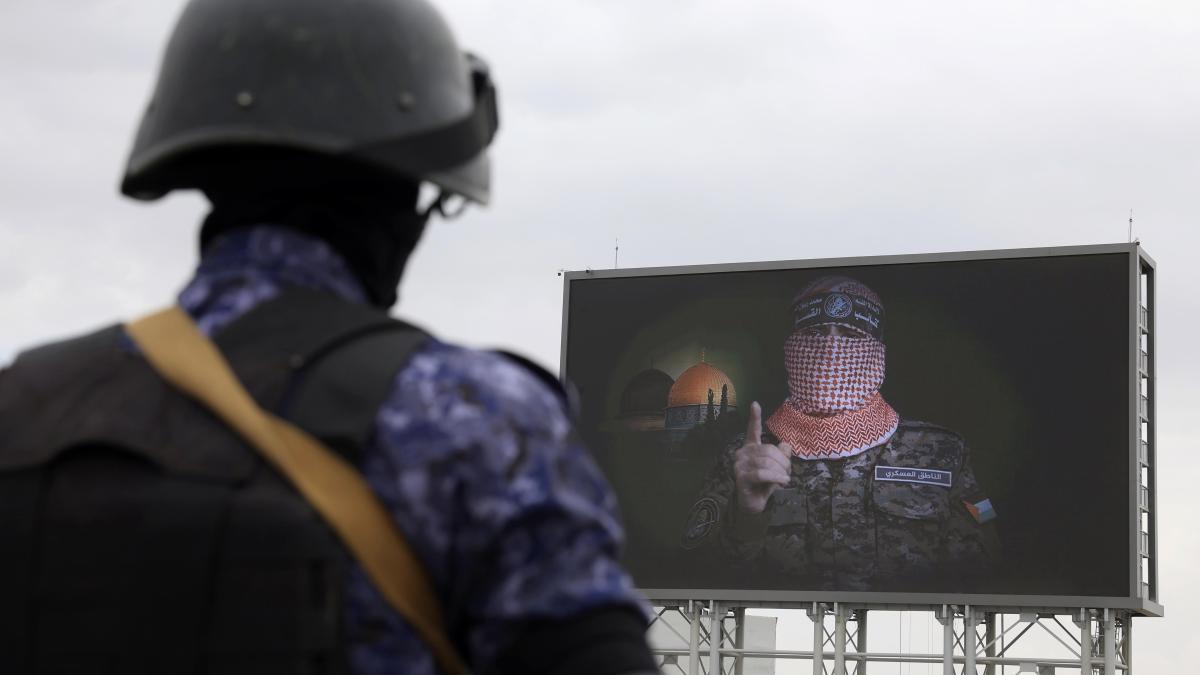
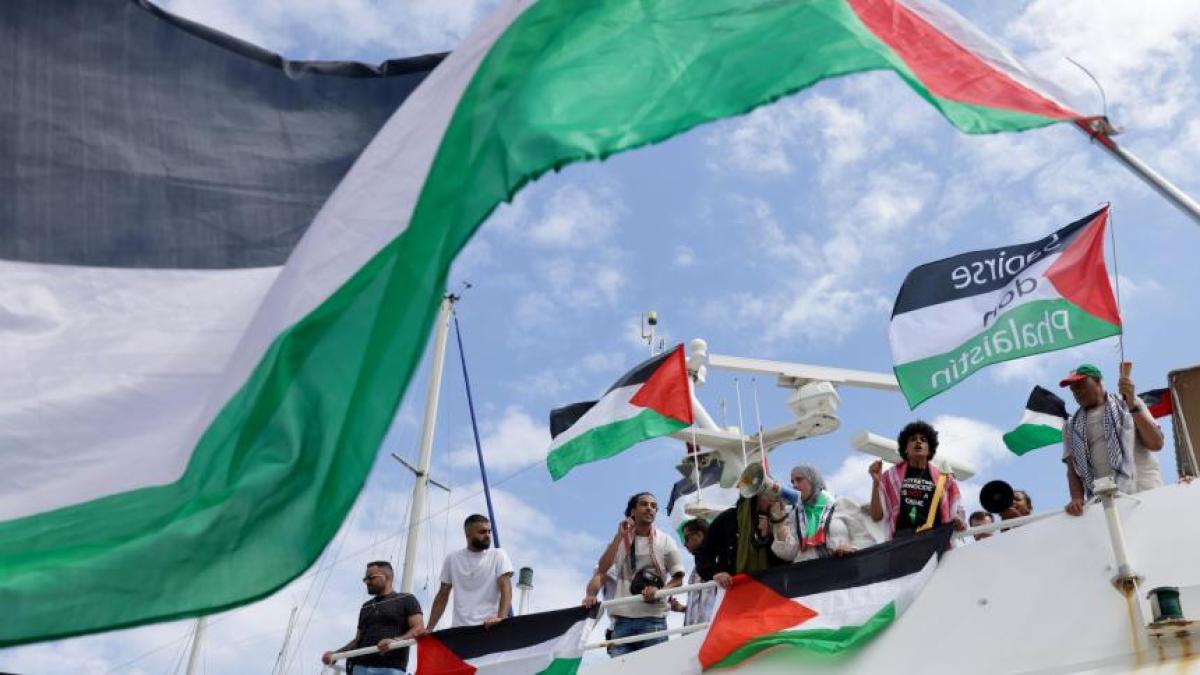
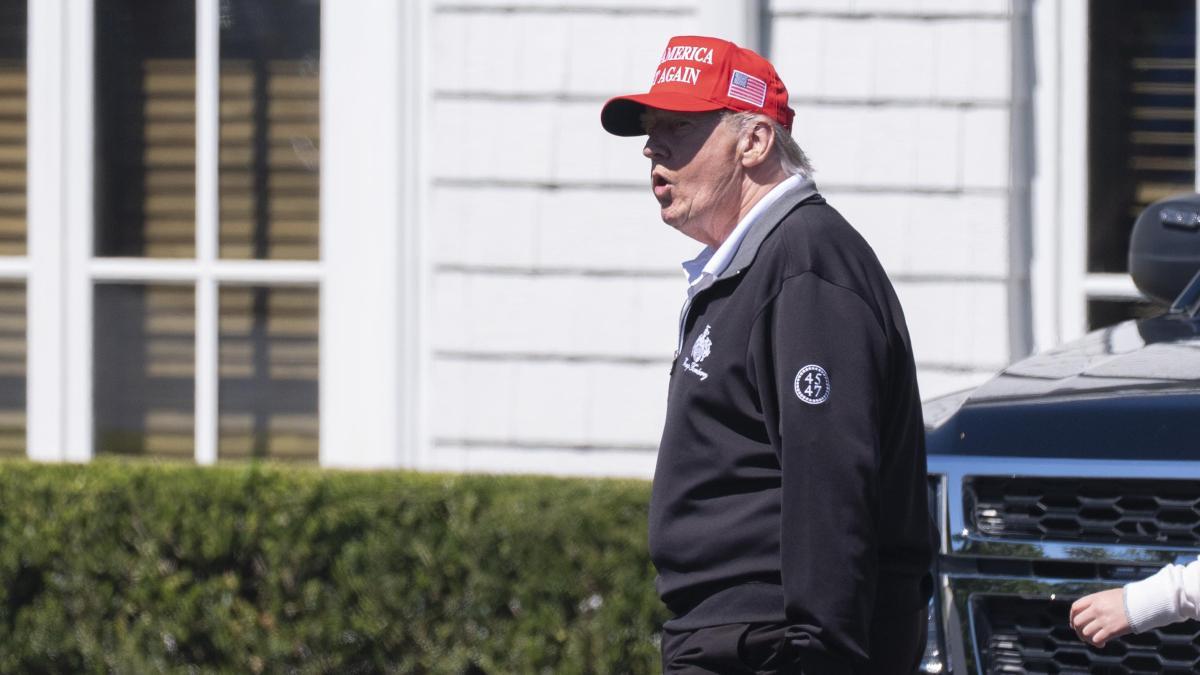
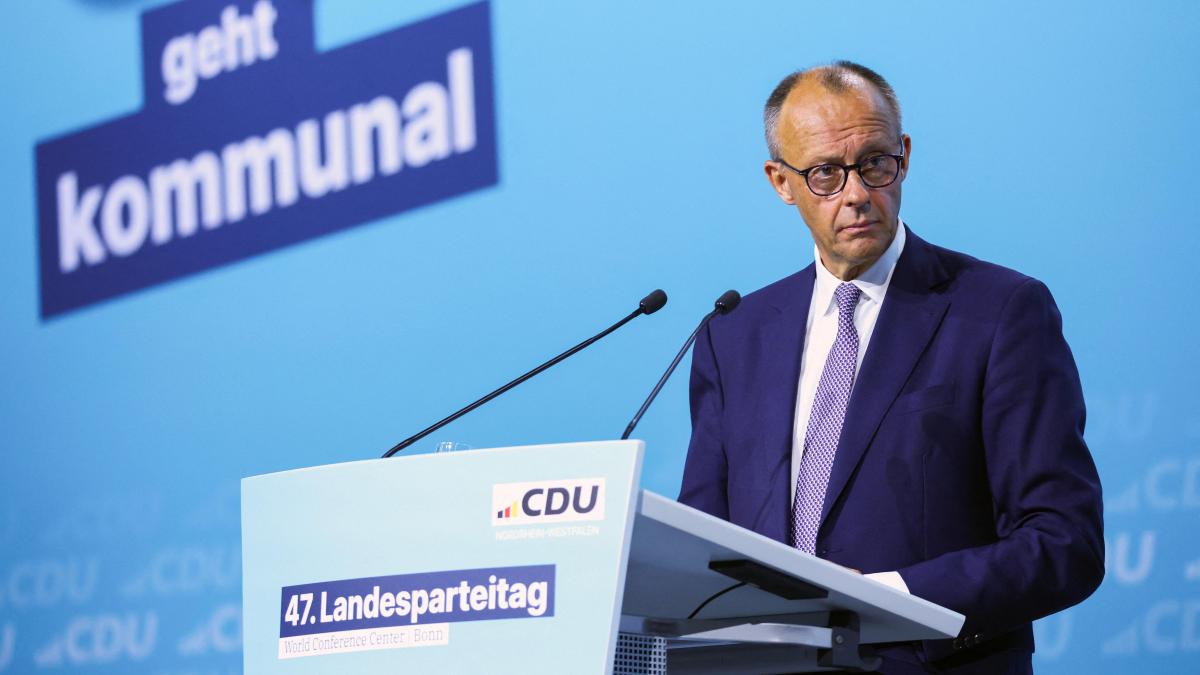
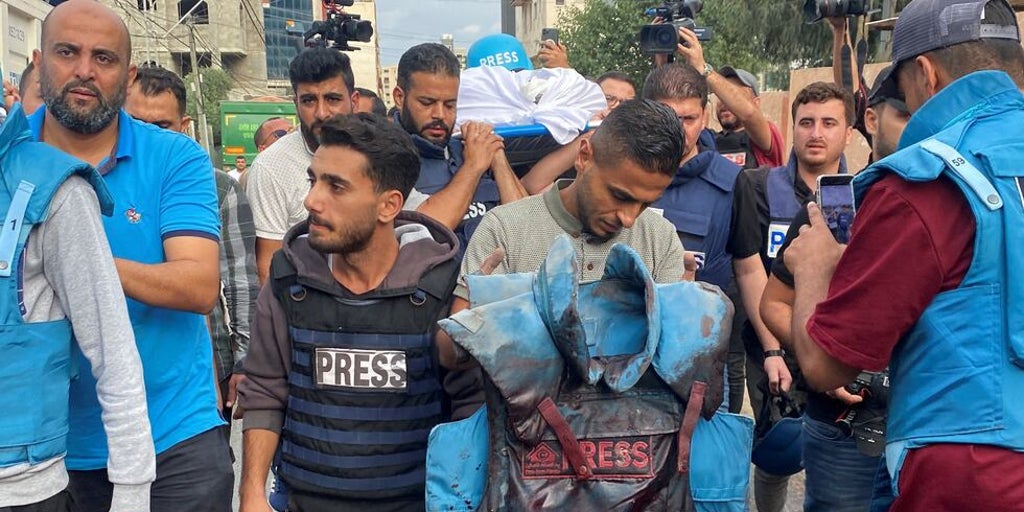
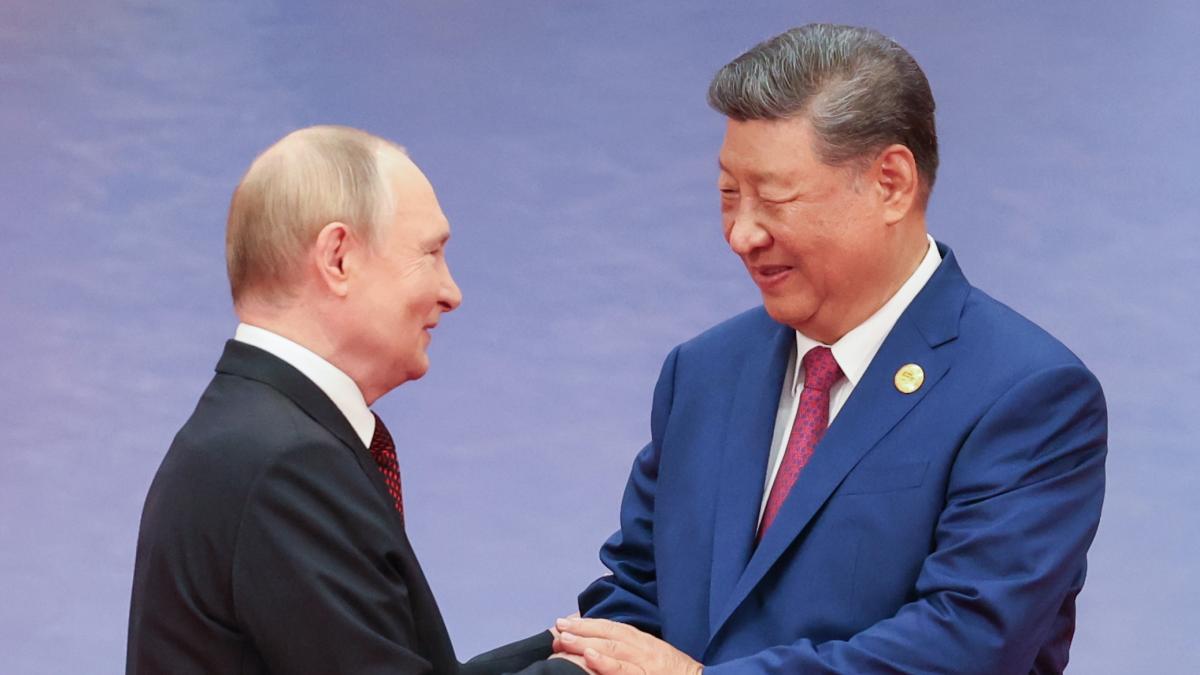
Leave a Reply